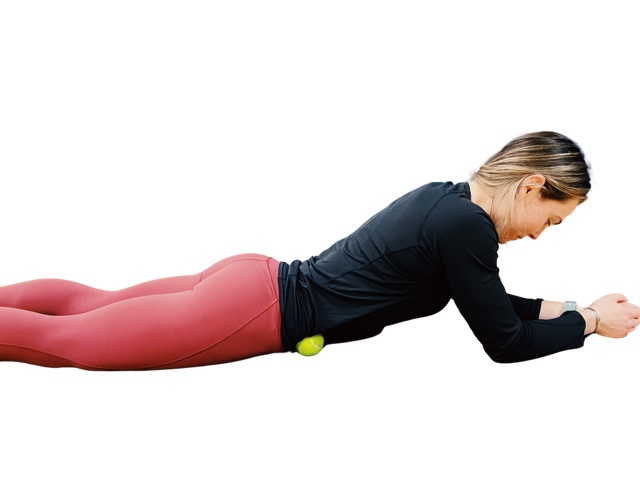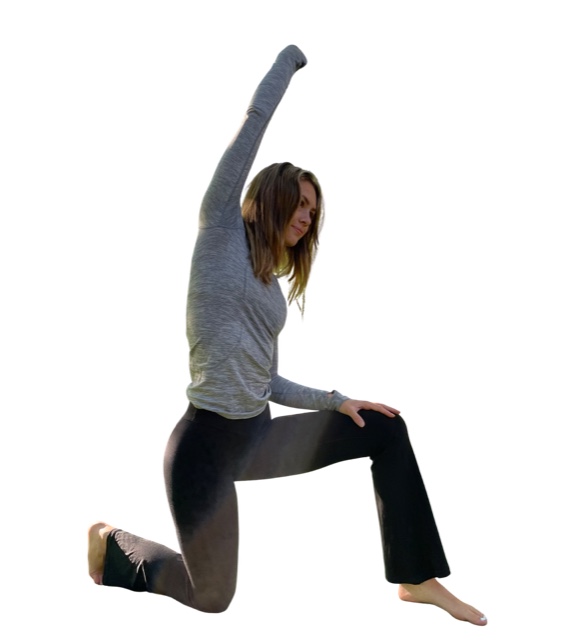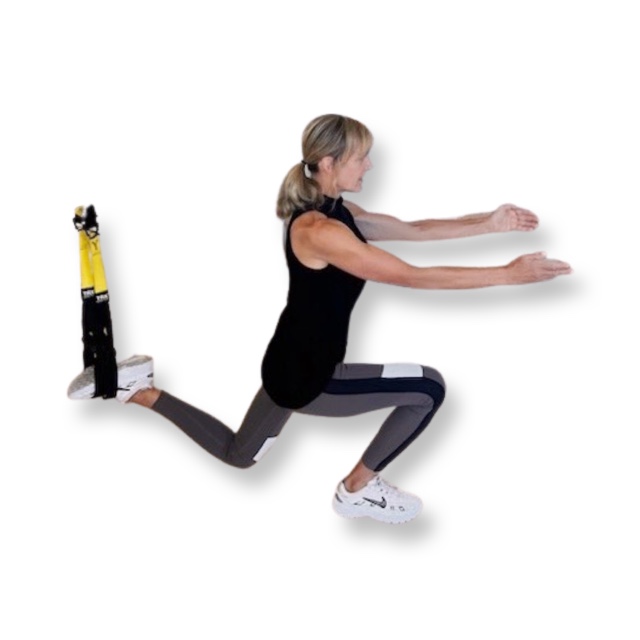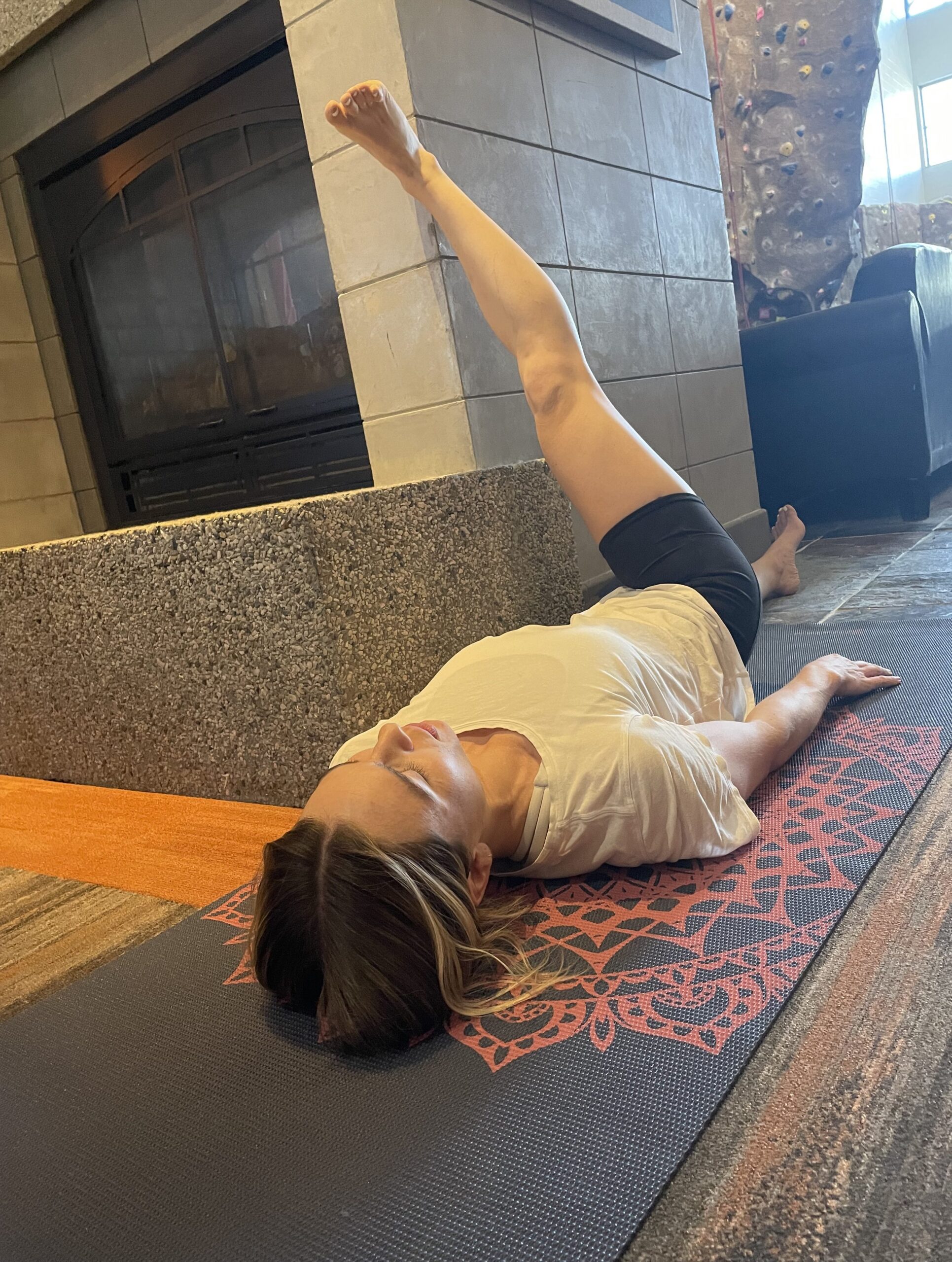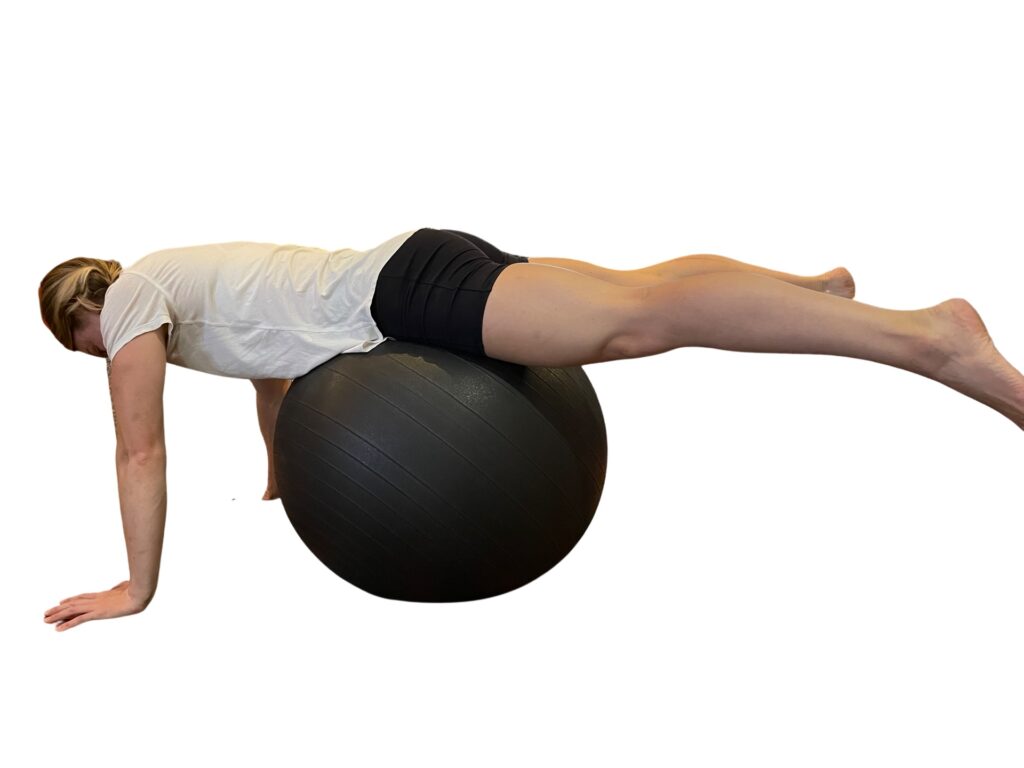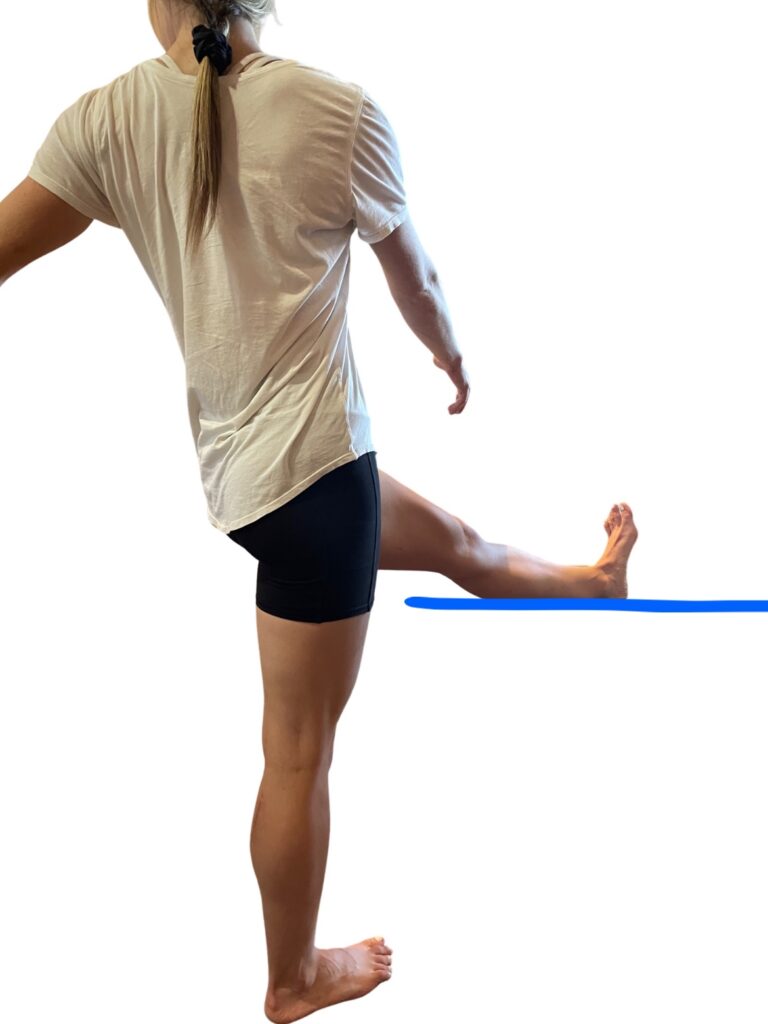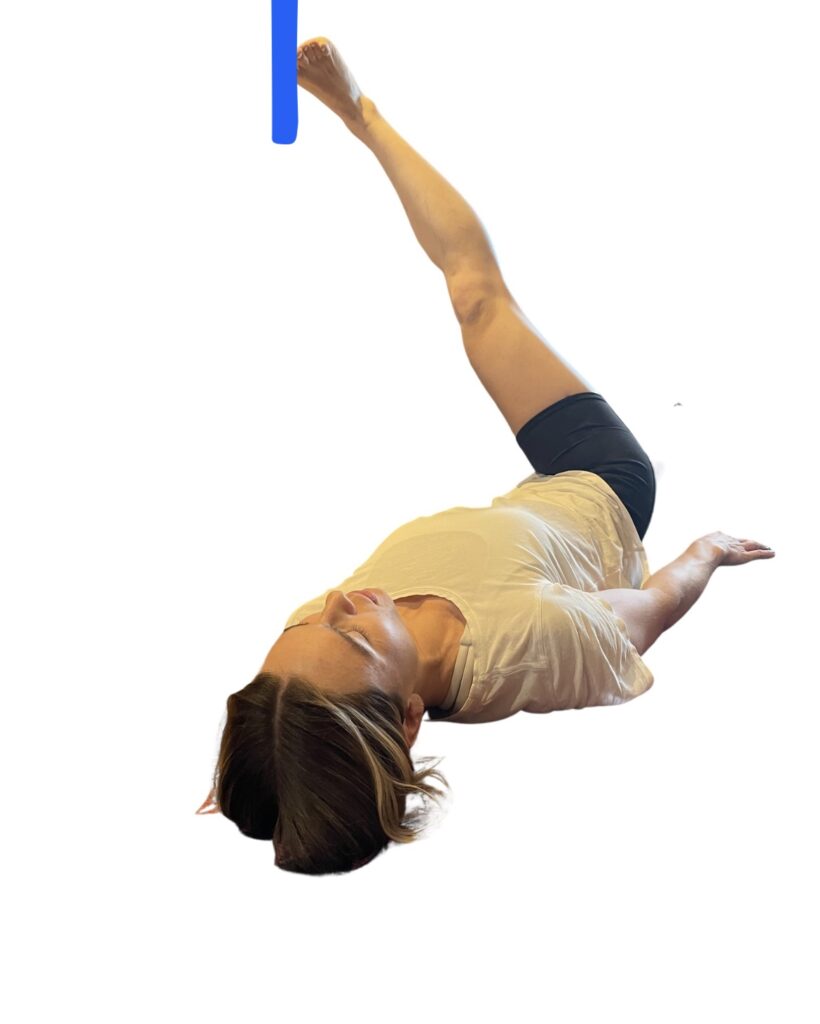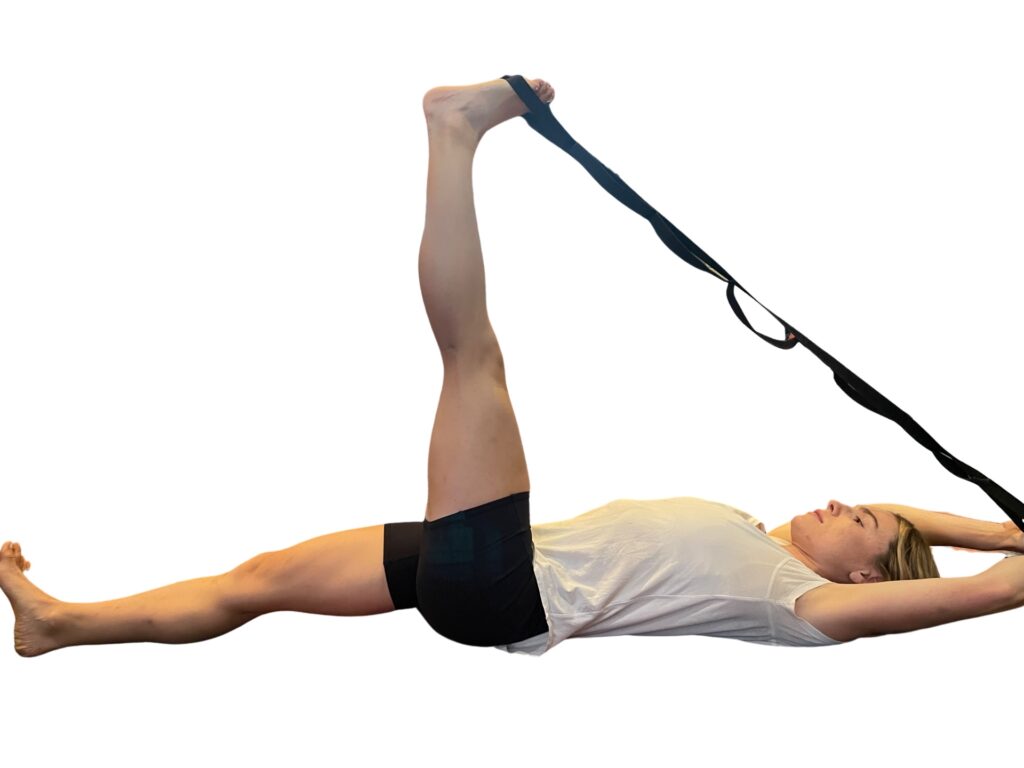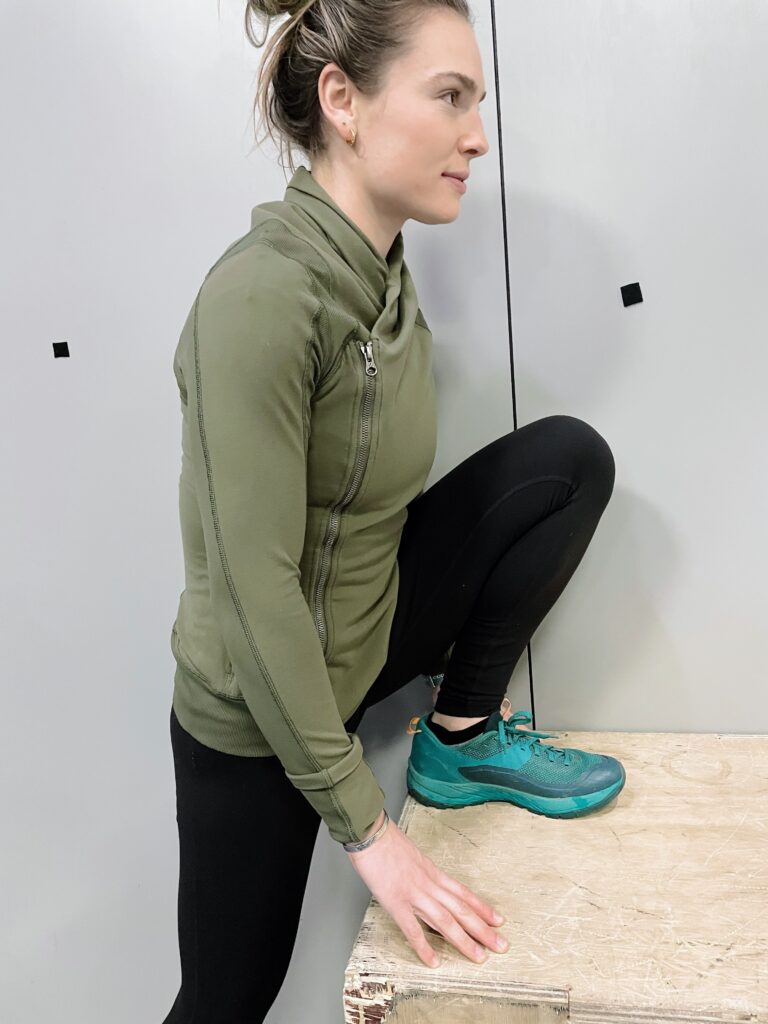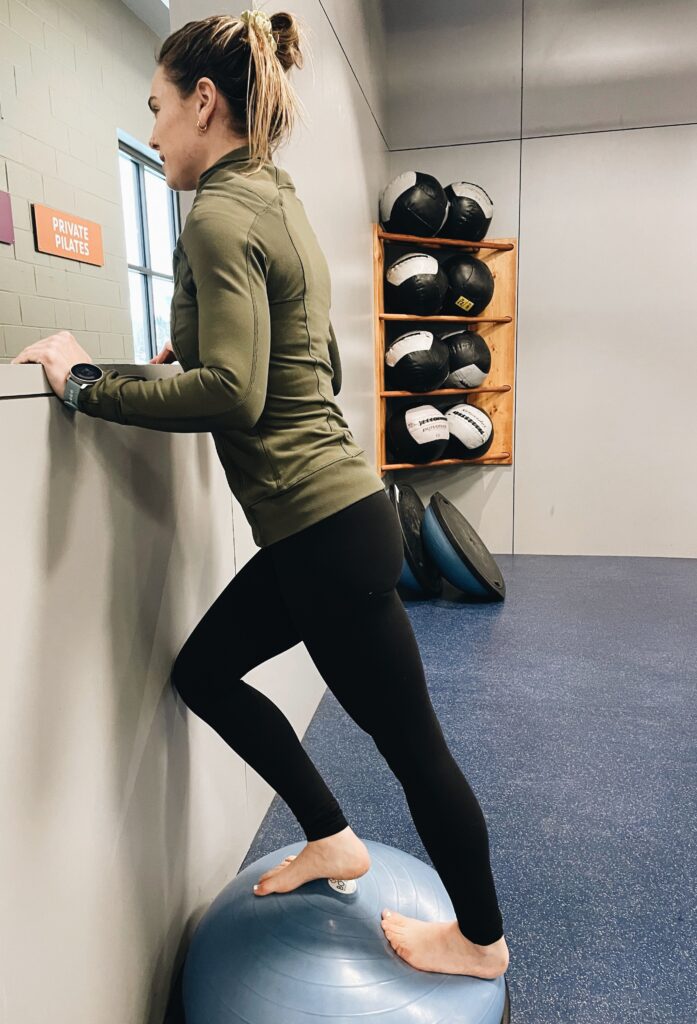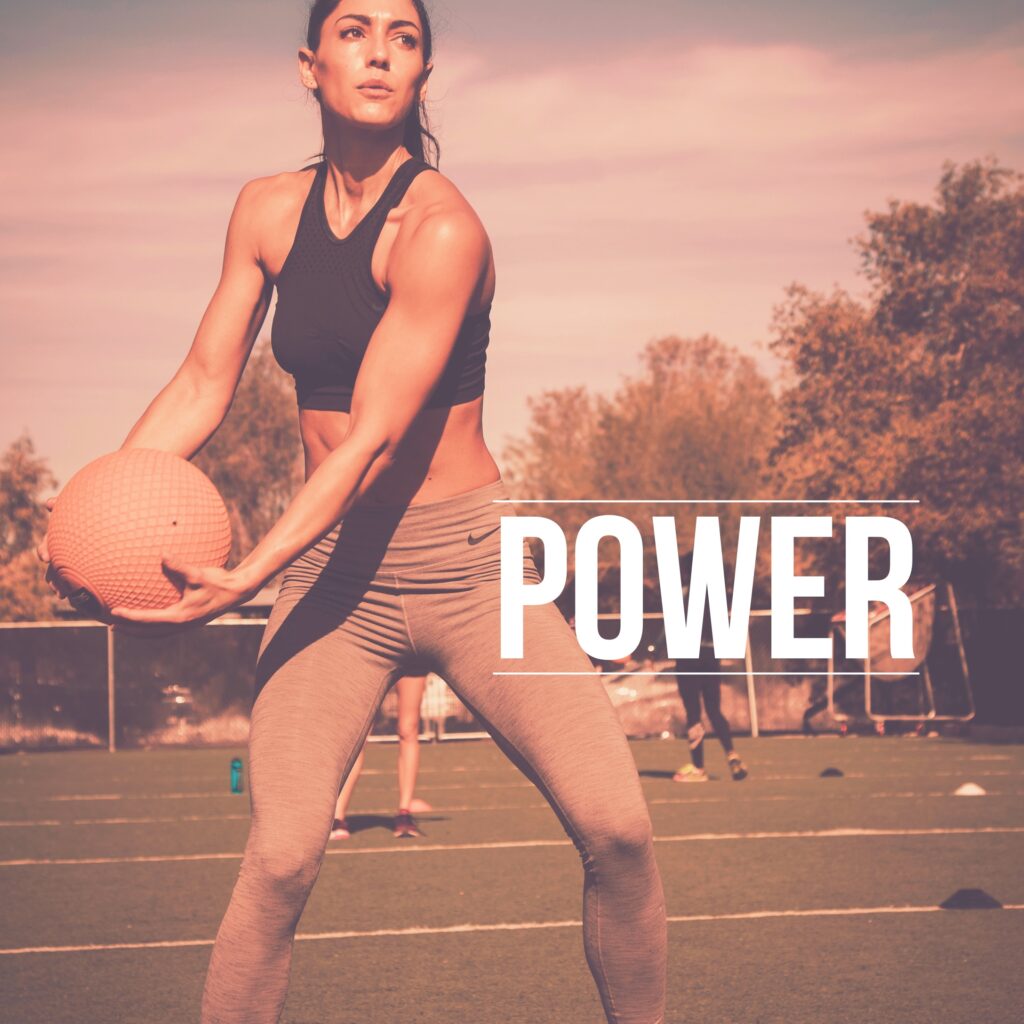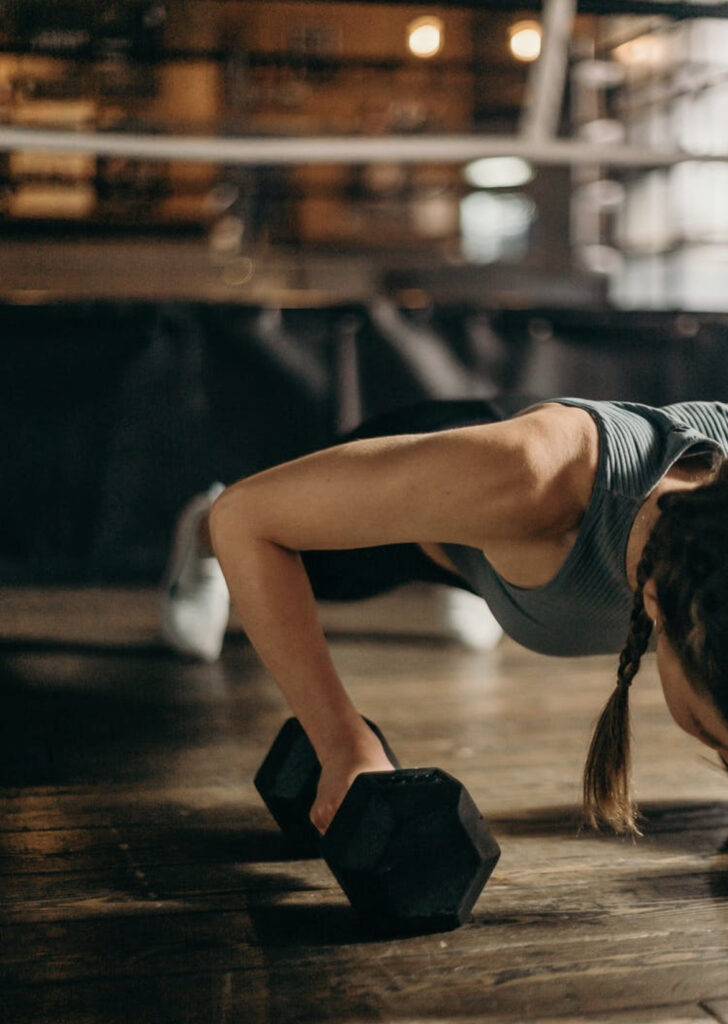Good habits contribute to optimum health. When it comes to your health, preventing injuries in any sport or activity you enjoy is crucial. No one likes being injured. With a New Year fast approaching, here are five injury-preventing moves to help you get fit without getting hurt. Whether you are a seasoned athlete, or just want to stay in shape, incorporate these moves into your day.
Activate the Core
Include daily core exercises! The core muscles help stabilize the spine and support movement. The following 2 core exercises activate the core in different ways to help initiate all movement, and contribute to strength capacity.
Side Lying Hip Lift
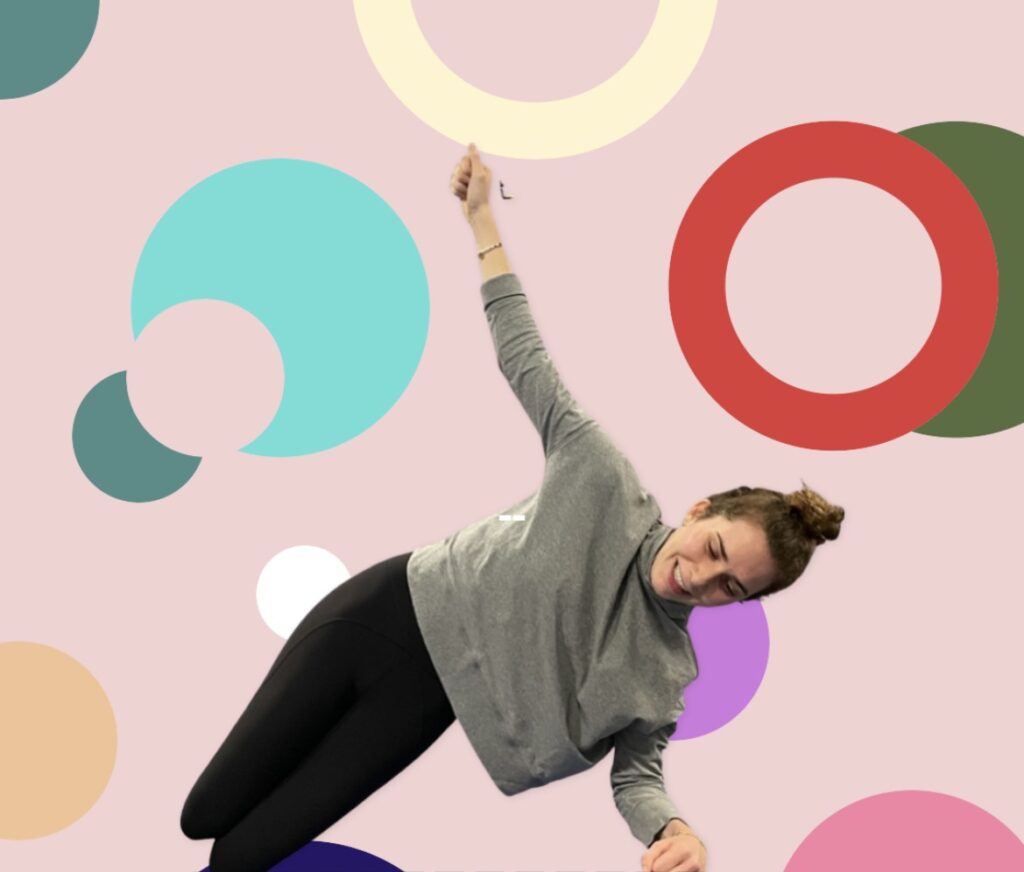

• Lying on your right side with knees bent (or straight for advanced variation), place right elbow under right shoulder. Push shoulder away from ear to engage shoulder girdle ) .
• Avoid letting rib cage slump toward floor; maintain natural curve of spine.
• Exhale and lift right hip off of floor, and hold for 3 counts.
• Slowly lower to start. 10-12 reps. Switch sides
Heel-on-Toe Crunch


• Begin with your legs straight, left heel on top of right foot.
• Bring left hand behind your head for support, and lift right arm straight up from shoulder.
• Curl up, raising head, neck and shoulders blades off mat, tightening abdominals.
• Slowly return to start position. 10 reps. Switch sides.
Stretch tight hamstrings


Tightness in the back of your legs may be a sign of instability in your core, causing the leg muscles to overwork and shorten. As well, hamstrings are an important muscle to stretch if you have back pain, as they attach to the pelvis, which attaches to the back. An excellent move to ease the tension and strengthen your torso is the inverted hamstring stretch. This move engages your core muscles to help keep you balanced.
• Stand on your left leg with your arms extended to the sides.
• Extend your right leg behind you while hinging your torso forward, keeping your back straight, and slowly return to standing.
• Do 5 reps each side
Foam Roller Alignment

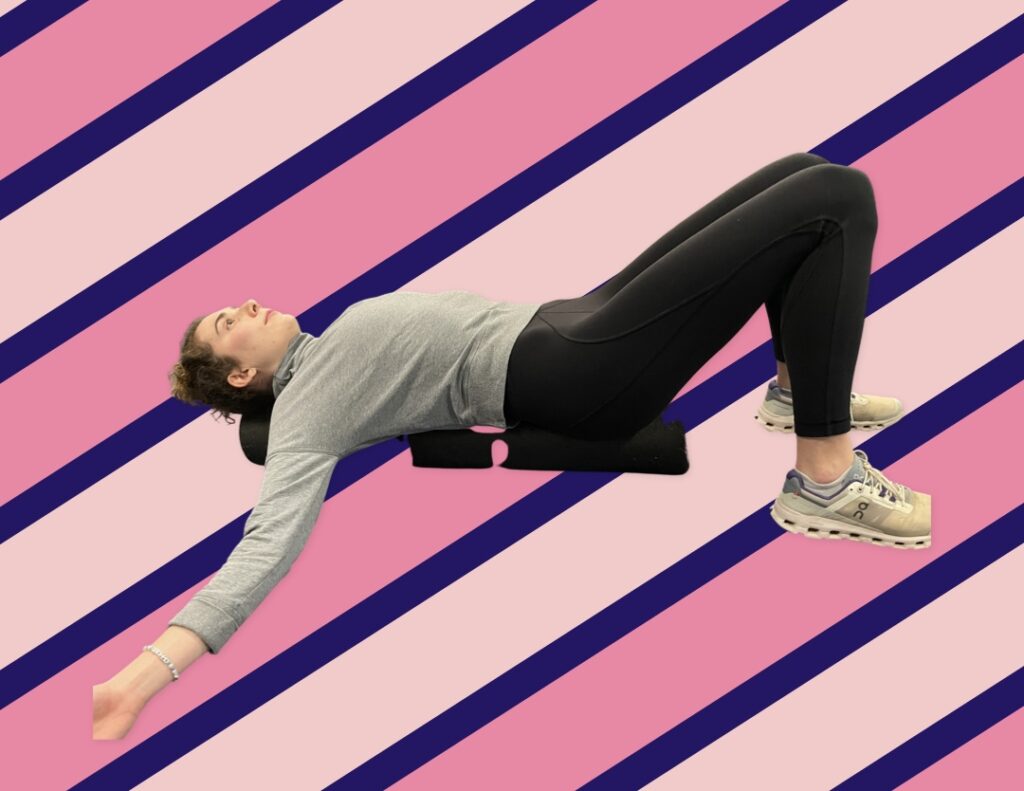
We’re all guilty of bending forward while scrolling on our phones, resulting in a “forward head.” For every inch that your head is forward there’s 10 more pounds of pressure on the neck. Reset your alignment by lying on a foam roller. Lengthening the lumbar erector spinal muscles helps encourage neutral alignment.
• With your knees bent, lie on a roller, head supported and neck in a neutral position.
• Tighten the abdominals.
• Gently roll side to side for 20-30 seconds
The Sock Test

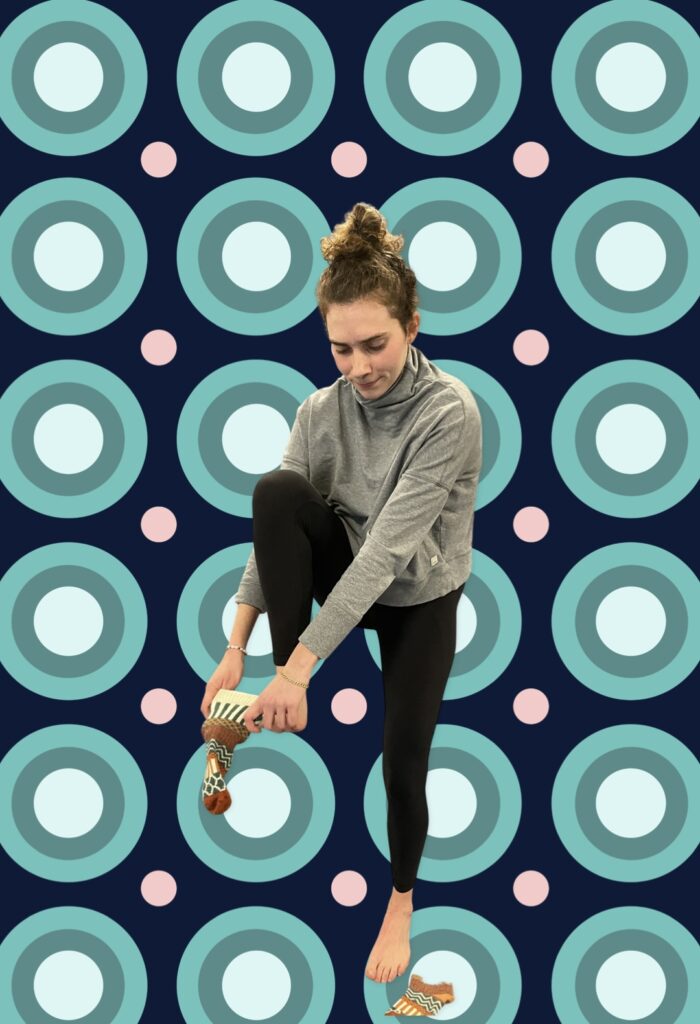
Losing your balance as you get older is no joke. Research has shown that the ability to stand on one foot drastically decreases after the age of 60, along with a rapid increase of falls and injury. The ability to stand on one leg is imperative for gait and function.
The sock test takes the move a step further, and is a fun challenge to build strength capacity and balance.
• Holding a sock, stand on one leg, knee slightly bent.
• Bring your leg up towards you as you put your sock on
• Lower the leg to the floor and repeat with your left foot.
Include these movements, everyday, if you can, to stay fit and supple. Happy healthy New Year!

